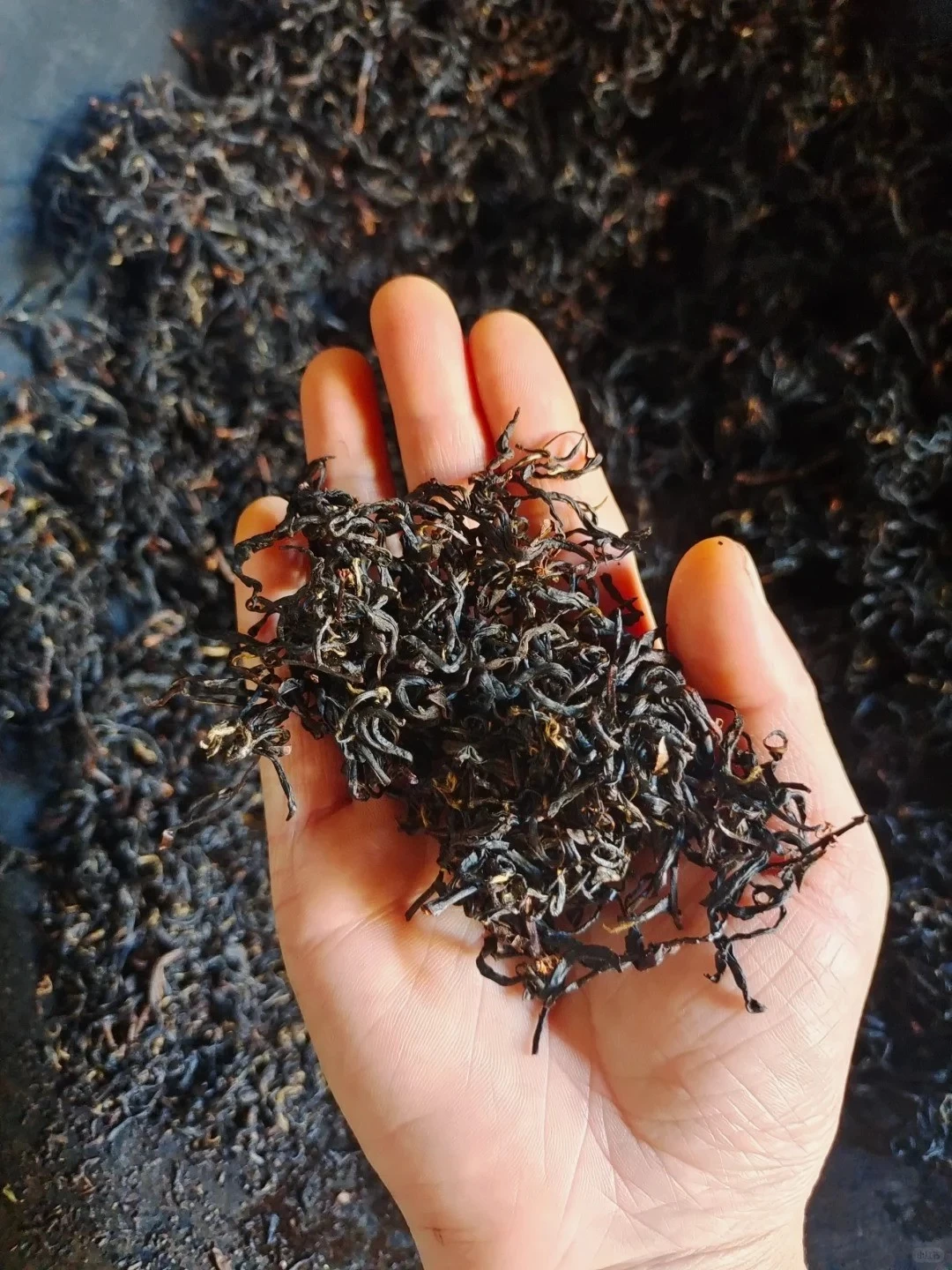DL-6CYMJ-32 Electric Black Gold Stone Matcha Grinder: grinds to ≤15μm, capacity ~50g/h, 0.55KW. Ideal for premium, small-batch fine matcha.
DL-6CSTL-CM50 for processing Green/Oolong tea, use wood, coal or pellet fuel heating, drum diameter 50cm, length 260cm, speed and temperature adjustable. Capacitu about 50 kg per hour.
DL-6CSTP-D110 for processing Green/Oolong tea, use wood, coal or pellet fuel heating, drum diameter 110cm, length 100cm, speed and temperature adjustable. Capacitu about 100 kg per hour.
DL-6CSTL-Q80 for processing Green/Oolong tea, use wood, coal or pellet fuel heating, drum diameter 80cm, length 400cm, speed and temperature adjustable. Capacitu about 150 kg per hour.
DL-6CFX-435 can used for all kind tea, through the volume of air blowing, different weight tea are blown to different positions and screened out through the corresponding outlet, 5 different sizes of tea can be selected.
DL-6CFX-F30-3QB is a new type of tea screening equipment developed by our company, It can separate fresh leaves and finished tea in one machine. It can save money and workers. It can adjust the speed of screening and wind speed. It is a necessary good helper for tea factory!
DL-6CYQT-6105 mainly used for Oolong tea processing, drum made of bamboo, the activity of withered tea was increased by shaking, It can make tea taste more fragrant, Capacity about 32 kg per batch.
This machine is suitable for the shaping and roasting process of high-grade curly tea. Tea roasted by this machine features tight and neat strips, uniform curling, bright green color, visible white fuzz, and rich aroma—fully demonstrating the characteristics of high-quality tea. The machine's heating system offers two options: electric heating and liquefied gas heating, allowing users to choose flexibly based on their actual needs.
Witnessing Fresh Leaves Turning into Black Tea - The Charm of Handmade Black Tea.
The steps of making handmade black tea are not complicated, but each link is extremely important.
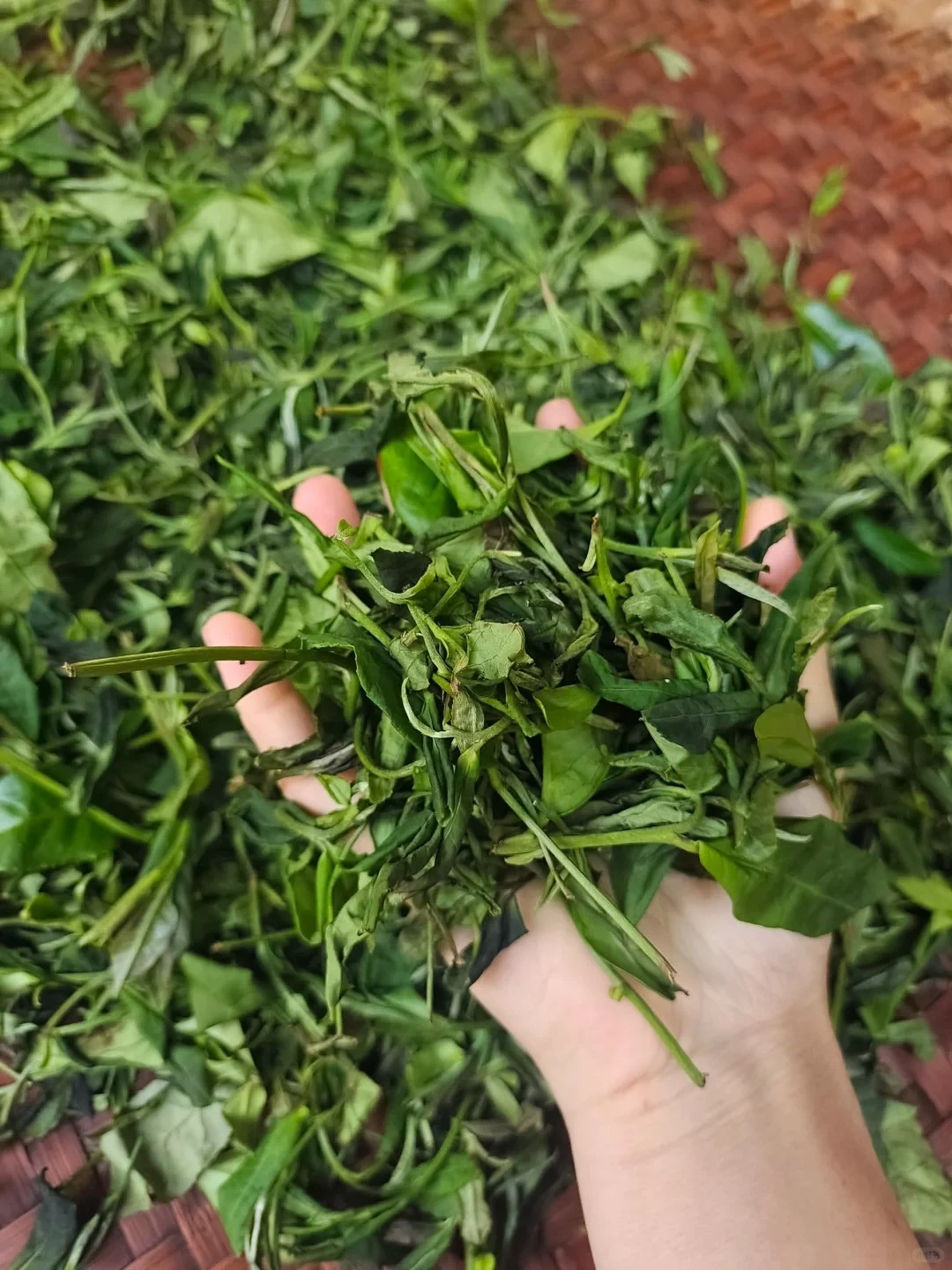
1️⃣ The first step: After fresh leaves are picked, they are withered first. Don't underestimate this step. Neither too long nor too short withering time is appropriate. If it is too short, the fresh leaves will be fragile when rolled. If it is too long, excessive moisture in the fresh leaves will evaporate. The fresh leaves are withered to the extent that the tea stems are bent and not easily broken and cannot be snapped even when twisted.
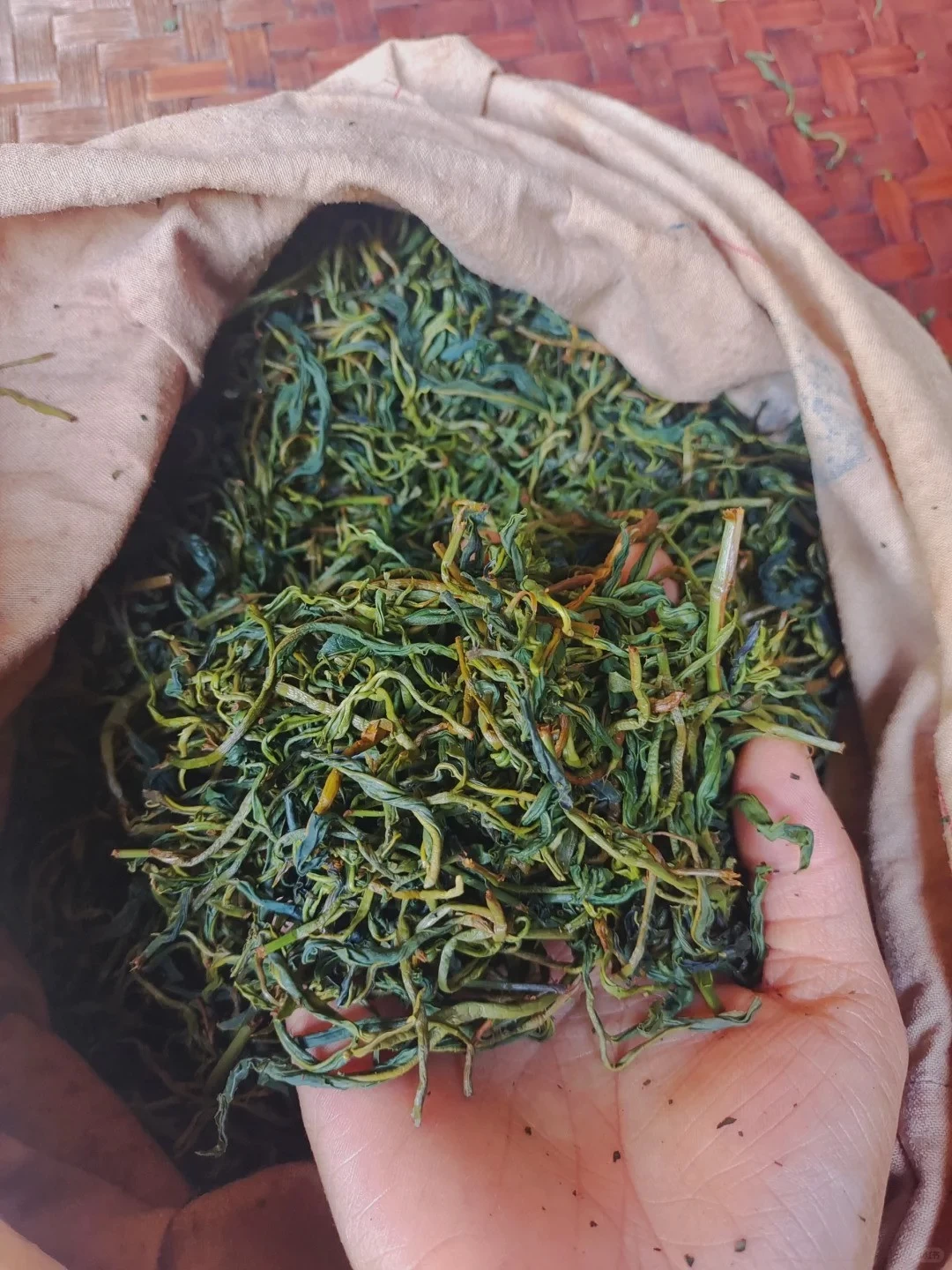
2️⃣ The second step: Rolling. This step is a great test of patience and is also a strenuous task. The rolling technique should be from light to heavy. If heavy force is used to roll at the beginning, some fresh leaves may be crushed (after all, withering cannot be so uniform). When rolling is almost done, increase the force. During the rolling process, the leaves will form a ball. Shake it in time to let the green flavor escape. Roll for a while, break up the ball. Roll for a while, break up the ball. This process should be continuous and it takes almost an hour to roll.
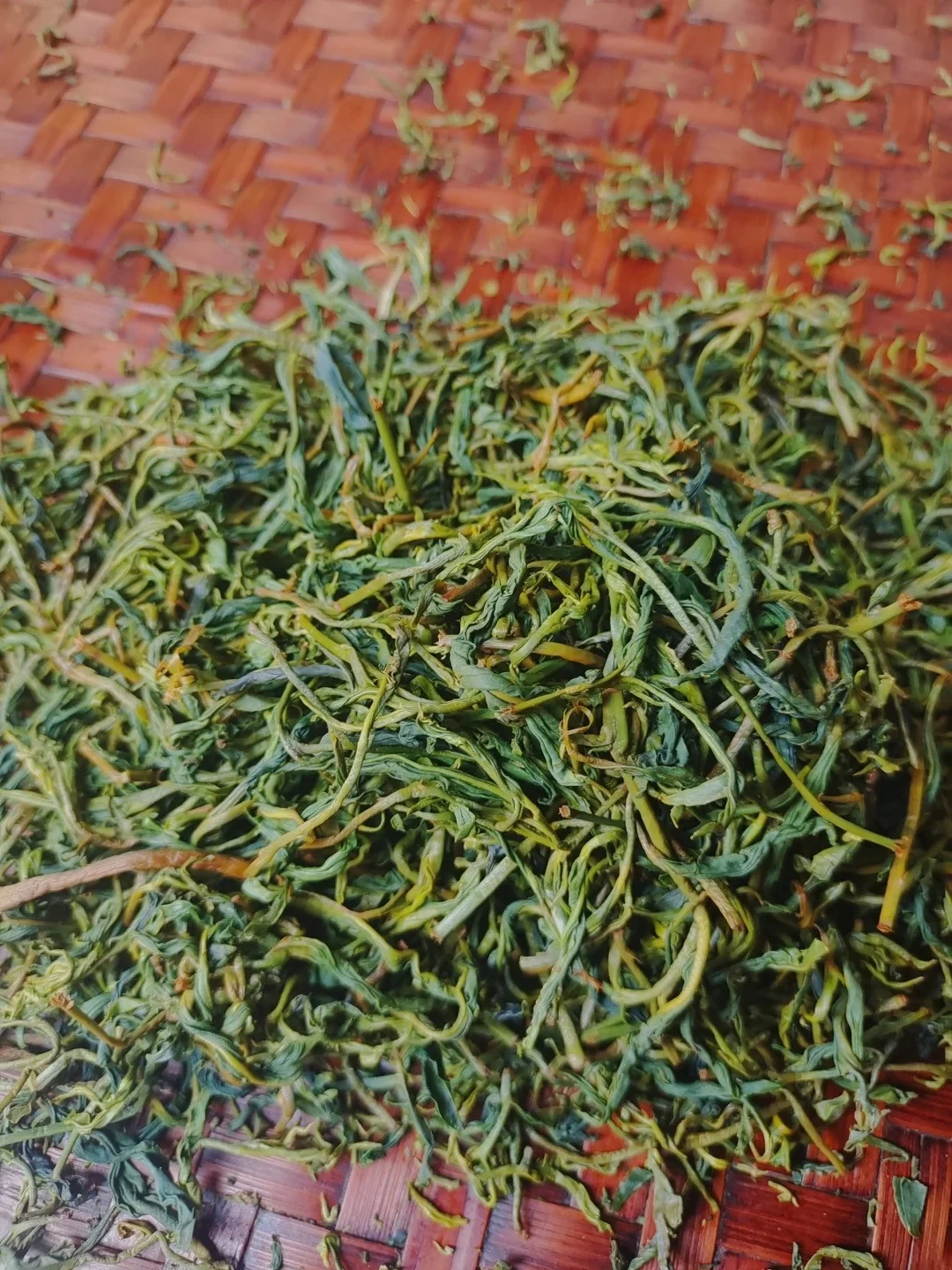
3️⃣ The third step: Fermentation. Put the rolled tea leaves in a warm place to ensure oxygen supply. The fermentation time is affected by factors such as temperature, humidity, oxygen supply, and thickness. Under normal conditions and suitable conditions, it generally takes 5 to 6 hours.
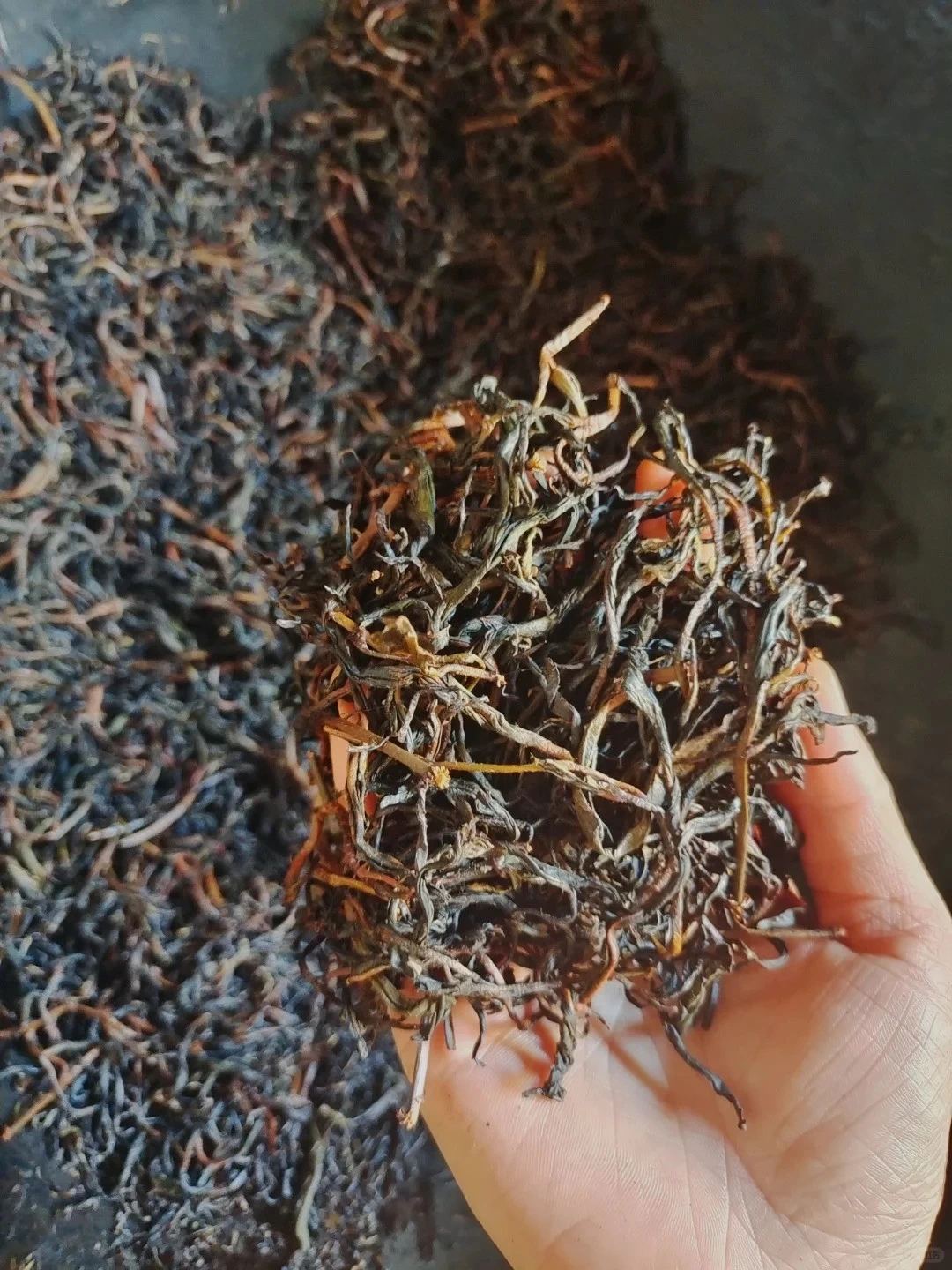
4️⃣ The fourth step: Stir-frying and drying. The pot temperature is 180℃ - 200℃. Put the fermented tea leaves into the pot and stir-fry. When the tea leaves become drier and drier, they can be dried in the pot. During the drying process, the turning action should be gentle to avoid breaking the tea leaves. After drying, the handmade black tea is completed.
